Five reasons why the Galaxy Z Fold 3 is my phone of the year
The Galaxy Z Fold 3 has everything I'm looking for in a foldable.
There isn't a better time to buy a flagship phone; the Galaxy S21 Ultra, Xiaomi Mi 11 Ultra, and OnePlus 9 Pro set a new standard for the best Android phones, and Apple is joining the fray with the iPhone 13 Pro Max, which delivers the best battery life of any phone I've used in 2021.
Samsung has two flagships in contention every year, and while the Galaxy Note series took up that mantle over the last nine years, it is making way for the Galaxy Z Fold 3 and Z Flip 3 this year. Samsung is confident enough in its 2021 foldables that it has eschewed the Galaxy Note line altogether, instead betting on foldables as the next big thing.
While Samsung didn't change the overall design of the Z Fold 3 all that much from last year's Z Fold 2, there are key upgrades around the screens, build quality, and durability. Those refinements combined with the updated hardware and cameras make the foldable a fantastic overall phone. I used the Z Fold 3 as my daily driver for just over a month, and here's why it is my favorite phone of 2021.
The foldout screen is fabulous
The Galaxy Z Fold 3 has two screens: a 6.2-inch outer screen with a 2268 x 832 resolution and tall 25:9 ratio, and an inner screen that unfurls to 7.6 inches with a resolution of 2208 x 1768. I used the inner screen most of the time, but the fact that both panels go up to 120Hz refresh means there's no difference in fluidity when interacting with either display.
The crease running down the middle of the screen isn't as bothersome as I thought it would be.
A key change this year is the new PET plastic layer that Samsung is using over the glass panels. The coating goes a long way in protecting the fragile panels on the phone, and unlike previous iterations, it doesn't feel like plastic; Samsung has done a great job mimicking the feel of glass. The layer itself is so thin that most of the time, I forgot it was there.
Another thing I didn't notice most of the time was the crease. Before I got the phone, I was worried that the crease running down the middle of the inner screen would affect usability. Thankfully, it isn't a problem in day-to-day use; the crease blends out of the way for most tasks — including browsing, playing games, and streaming videos — and I only ever noticed it when I swiped my finger across the middle of the screen.
The Z Fold 3 allowed me to be more cognizant of how I use my phone; if it's just a regular notification or a message that doesn't take up too much time, I just use the outer screen. But if it's an actionable email or an ongoing conversation, I switch to the foldout screen to maximize the screen real estate. This system has allowed me to cut down on distractions. I don't use Chrome or pull up my Twitter feed from the outer screen; that's solely for interactions lasting under a minute. And when I need to look something up, go through Twitter, or read an article, the foldout screen is wonderful to use.
Also, there's just something about the action of folding a screen that makes it so much fun to use. The smooth motion of the hinge adds to this effect quite a bit; closing the inner screen feels a lot like closing a book, and that tactility is missing from regular phones.
My only quibble around the screen is the camera that's tucked under the inner screen. Because of the difference in pixel density from the rest of the screen, it isn't as easy to ignore as a normal camera cutout.
It is a productivity powerhouse
The Galaxy Z Fold 3 is slotting in for the Galaxy Note series, so it has big shoes to fill in terms of productivity. From a hardware point of view, it has a lot going for it: the inner screen is ideal for multitasking, and with a Samsung adding S Pen integration, the Z Fold 3 is just as versatile as last year's Note 20 series for jotting down notes.
Because of the large screen, most apps automatically switch to tablet mode, and that makes a lot of difference when browsing in Chrome or playing music via Spotify. The browser defaults to desktop view, and reading long-form content on the Z Fold 3 is the same as using a small tablet. Samsung has a nifty feature that lets you switch to a two-panel layout for WhatsApp.
If you like multitasking, you will love what the Z Fold 3 has to offer.
On that note, split-screen view on the Galaxy Z Fold 3 is fantastic, and you can easily use two apps side by side, adjusting scaling as needed. There's also the ability to use floating windows and dock them on the screen for easy access.
It's not all about productivity; streaming videos on the large screen is particularly fun. The AMOLED panel is of a similar caliber as Samsung's regular flagships, and the Z Fold 3 has powerful stereo sound. Similarly, it is great to play games on the device; there are scaling issues with a few titles, but on the whole, the added screen real estate makes a lot of difference. On the subject of scaling, there are a few services like Instagram that don't know how to make full use of the tablet-sized screen, so they run letterboxed.
Samsung has a keyboard with a split layout for the inner screen, and as good as that is, I have gotten too used to Gboard to switch to anything else. Google's keyboard is gigantic on the inner screen, and it would have been great if Google also had a version of Gboard that's designed for foldables. In fact, Google needs to do a little bit more to make Android take full advantage of the foldable form factors, and it looks like it is paying more attention to this category with Android 12.1.
The hardware is incredible
Starting at $1,800, the Galaxy Z Fold 3 is the costliest phone in Samsung's portfolio, so it is only fitting that it gets the latest available hardware. The phone is powered by the Snapdragon 888 chipset, and while that shouldn't be surprising to those in North America, the fact that Samsung is going with Qualcomm's chipset as the default option across the world is a welcome move.
To be fair, the Exynos 2100 gets a lot right this year, but it still isn't on the same level as Qualcomm's flagship designs, so it is great to see the Z Fold 3 outfitted with the best that Qualcomm has to offer right now. Samsung isn't being stingy with the memory and storage either; the standard variant of the Z Fold 3 gets 12GB of LPDDR5 RAM and 256GB of UFS 3.1 storage, with a 512GB model also available.
In the month I used the Z Fold 3, I didn't see any slowdowns or lag. The phone blazed through visually-intense games, had zero issues when multitasking, and didn't get uncomfortably hot even during gaming sessions. Like its regular flagship, there's no 3.5mm jack or MicroSD slot on the Z Fold 3, but that's fine — the best wireless earbuds deliver truly great sound quality for under $100, and the 256GB of storage should be more than adequate for most users.
Then there's the battery life; I got a day's worth of use consistently from the 4400mAh battery, but there were times when the battery went to 10% by the end of the day. The only downside here is the charging tech; with 25W fast charging as standard, it takes nearly two hours (I measured 110 minutes) to fully charge the battery.
The cameras are actually great
When Samsung shared the hardware details for the Z Fold 3, I was letdown by the fact that the camera modules were unchanged from last year. But in day-to-day use, there is a noticeable difference in image quality, and that's down to Samsung's camera tuning efforts.
The Z Fold 3 has a trio of cameras at the back, with a 12MP f/1.8 primary module joined by a 12MP wide-angle lens with 123-degree field of view and a 12MP telephoto with 2x optical zoom. There's a 10MP camera at the front on the outer screen, and a 4MP under-screen camera for the inner screen.
You get incredible shots in daylight scenarios, with the Z Fold 3 managing to deliver a high dynamic range and saturated colors while maintaining shadows and finer details. The phone is just as powerful in low or artificial lighting, and while there is some noise in challenging situations, the dedicated Night mode does a great job boosting highlights and preserving details.
The Z Fold 3 doesn't have the best cameras on a phone today, but it is a much better showing than last year, and takes great photos in most lighting scenarios. The Galaxy S21 Ultra has more versatile lenses and lets you take detailed shots at up to 10x zoom, and the Mi 11 Ultra has a large 108MP sensor that takes breathtaking shots. That said, the Z Fold 3 manages to hold its own in that regard, and I didn't think I would say that when I looked at the hardware on offer.
It feels just as durable as a regular phone
The primary issue with foldables is durability. Between the hinge mechanism and the fragile screens, there is a lot that can go wrong. To its credit, Samsung did a better job in that regard with the Z Fold 3; the phone has a new aluminum alloy frame that feels great to hold and use, and the hinge feels rock-solid after a month of heavy use.
But the biggest change this year is the addition of water resistance. Samsung somehow found a way to prevent water ingress from the Z Fold 3, and that makes it a lot more versatile for use during inclement weather or at the pool. It doesn't have dust ingress protection, but the IPX8 rating ensures water cannot get into the chassis of the device. Oh, and both the panels of glass feature a coating of Gorilla Glass Victus, and while it's not infallible, it adds a layer of protection to the device.
On that note, I was worried about dust getting into the hinge and mucking it up, but that hasn't been an issue at all; whatever Samsung is doing to secure the hinge is clearly working. This is the first time I've used a foldable for any meaningful length of time, and I have to say that the Z Fold 3 held up to the rigors of daily use better than I thought it would.
It's clear that foldables are the future
I know that the Fold 3 is ridiculously costly — right now, Samsung is the only player in town, and it carved out a healthy lead because of its first-mover advantage. It will take a few years for this category to mature, and we'll need to see foldables from Chinese brands to drive down the prices.
I'm waiting for Samsung to release an FE version of the Fold 3; it has already laid the groundwork with the $999 Galaxy Z Flip 3, positioning the device as an alternative to the S21+. But seeing how well the Galaxy S20 FE is continuing to sell in 2021 has me convinced that a Galaxy Z Fold 3 FE would be the perfect device to drive Samsung's foldable ambitions forward. Until that time, the Galaxy Z Fold 3 is the obvious choice — provided you're willing to shell out the cash.
Fold it away
Samsung Galaxy Z Fold 3
From $1,800 at Samsung From $1,800 at Amazon From $1,800 at Best Buy
The ultimate foldable choice
The Galaxy Z Fold 3 combines the latest internal hardware with a gorgeous foldout screen that lets you play games and read content on a large 7.6-inch panel. And when you're out and about, you get a tall 6.2-inch screen that has the same 120Hz refresh as the inner screen. You also get a durable hinge, water resistance, wireless charging, and all-day battery life, making the Z Fold 3 ready for daily use.
from Android Central - Android Forums, News, Reviews, Help and Android Wallpapers https://ift.tt/3ado1OD
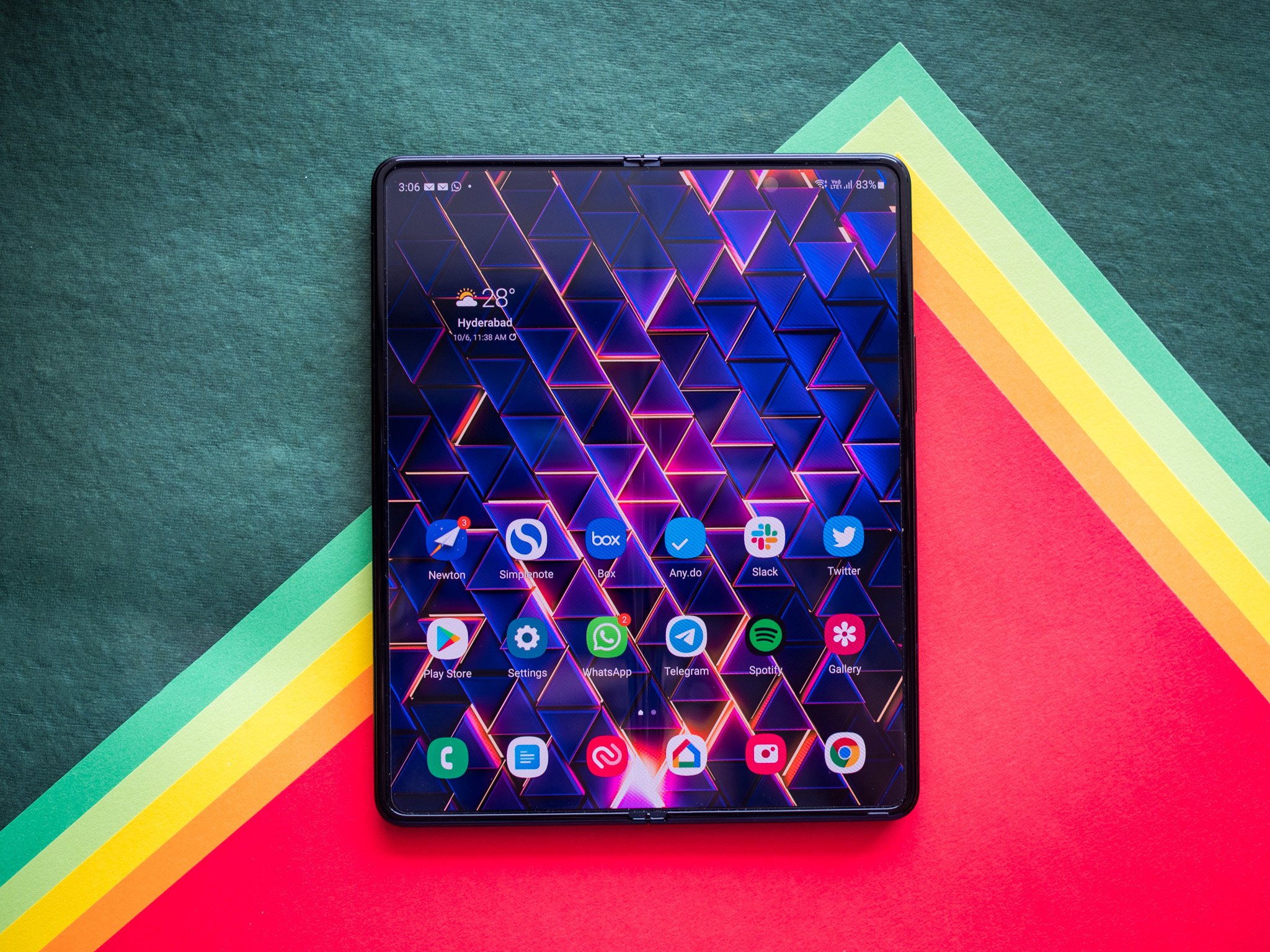
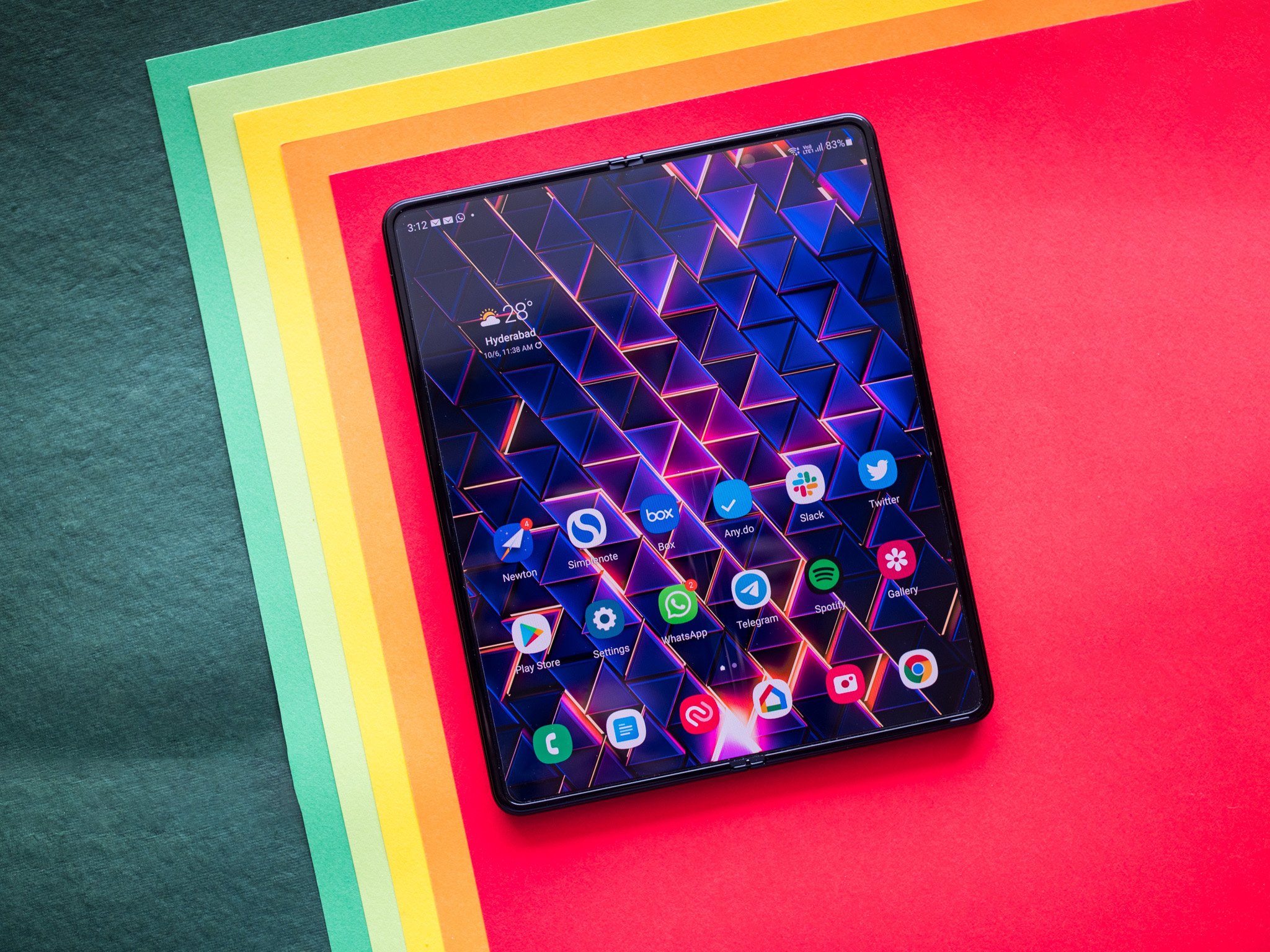
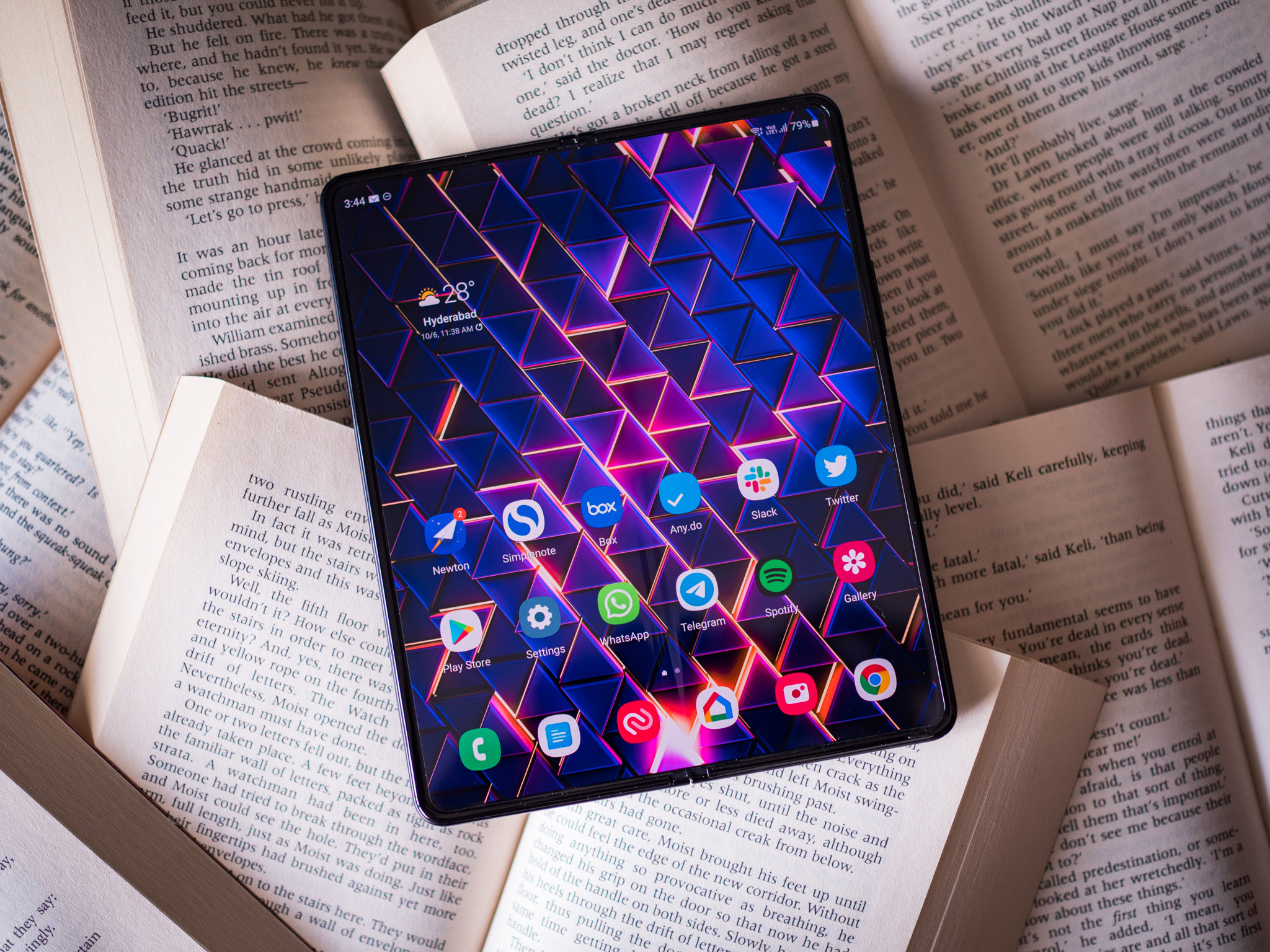
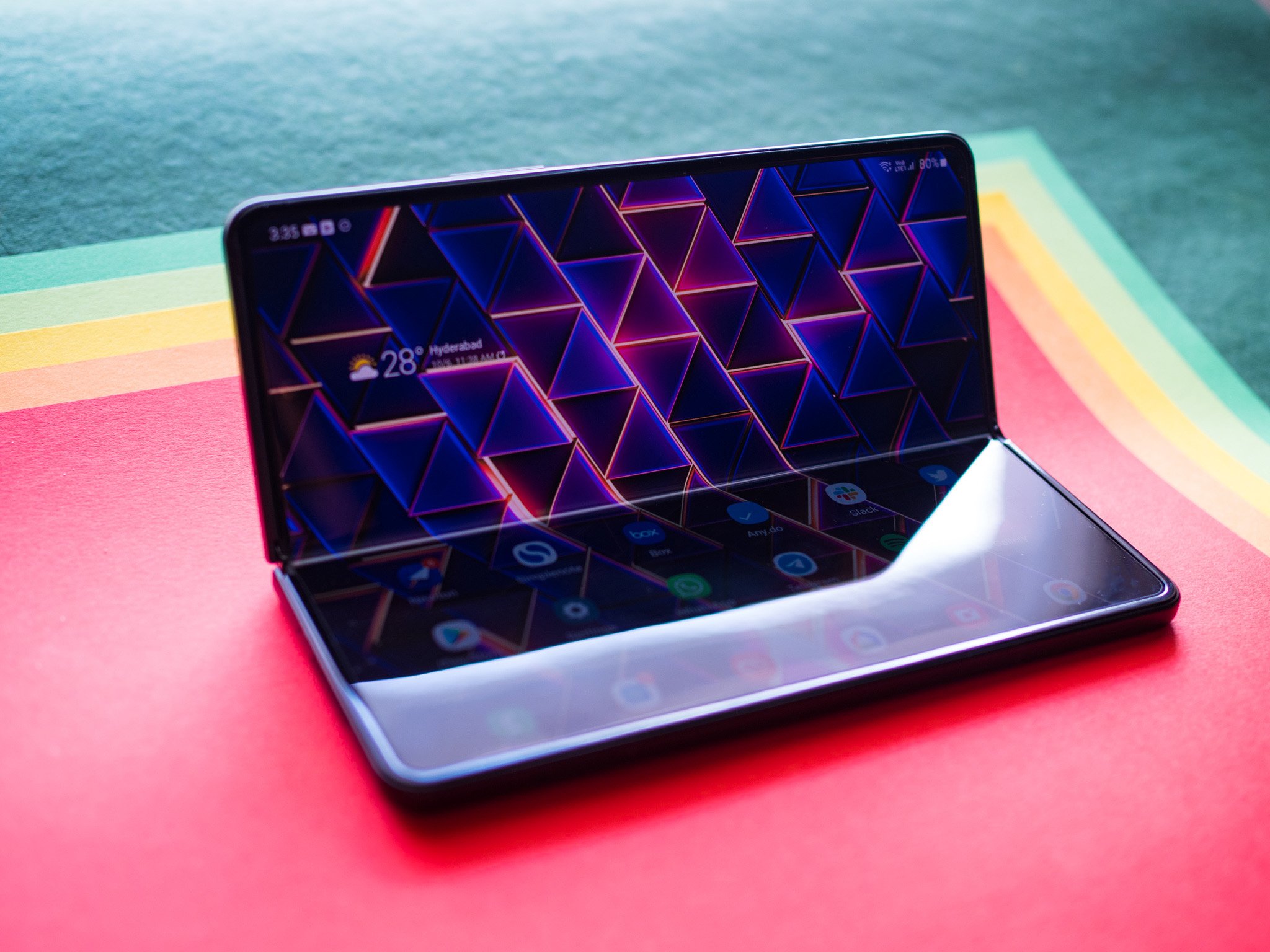
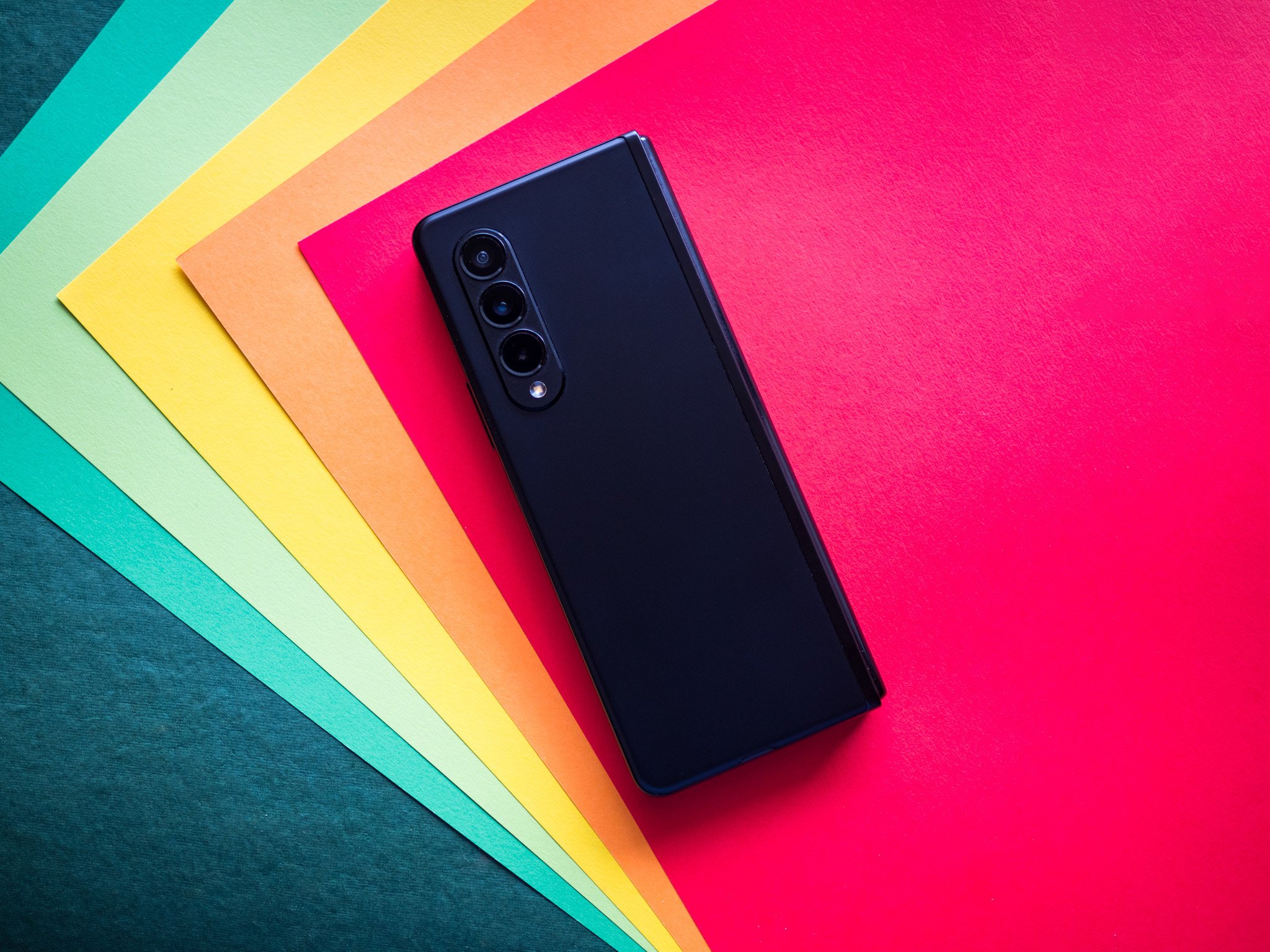
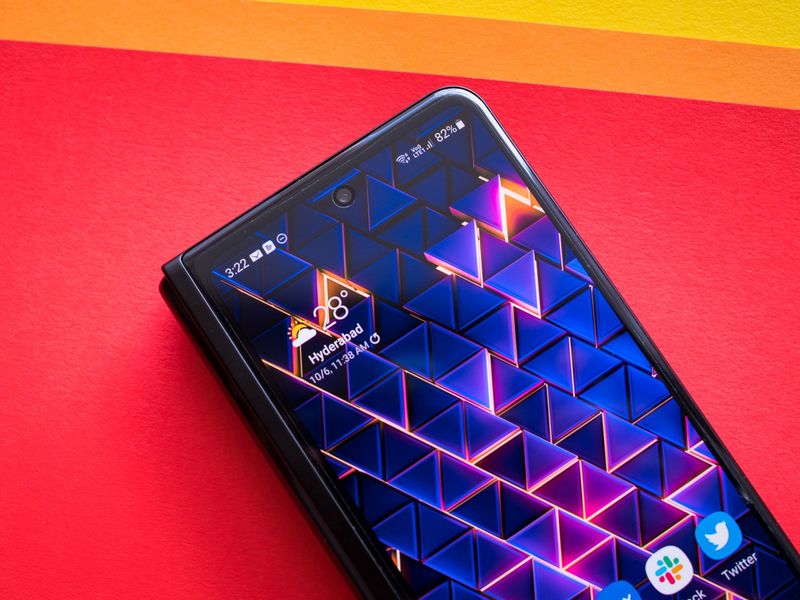
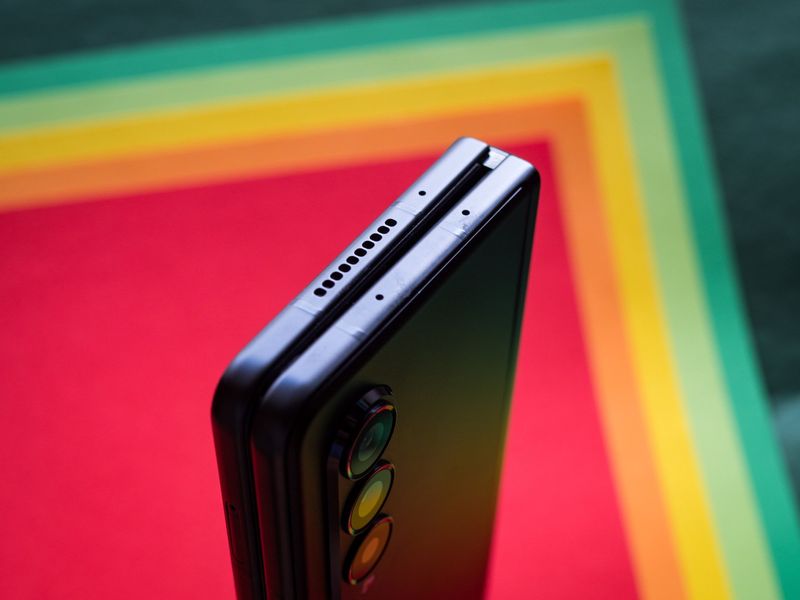
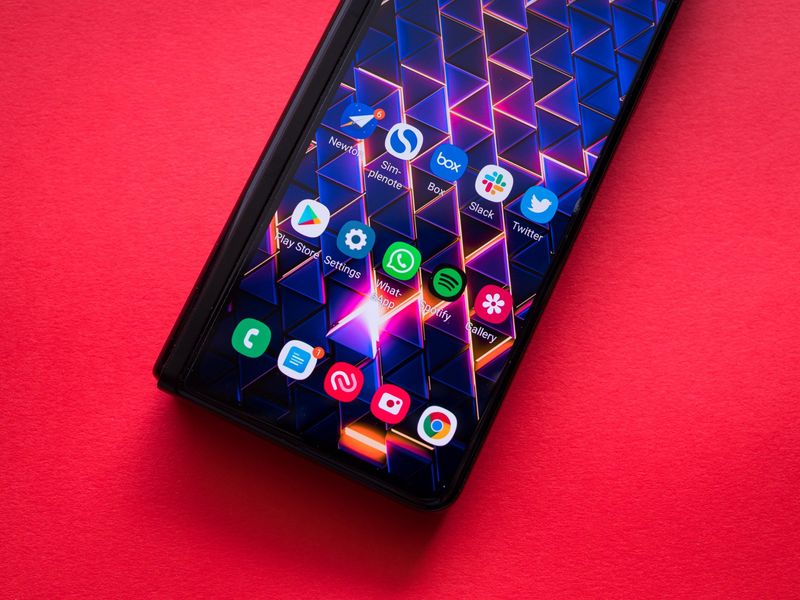
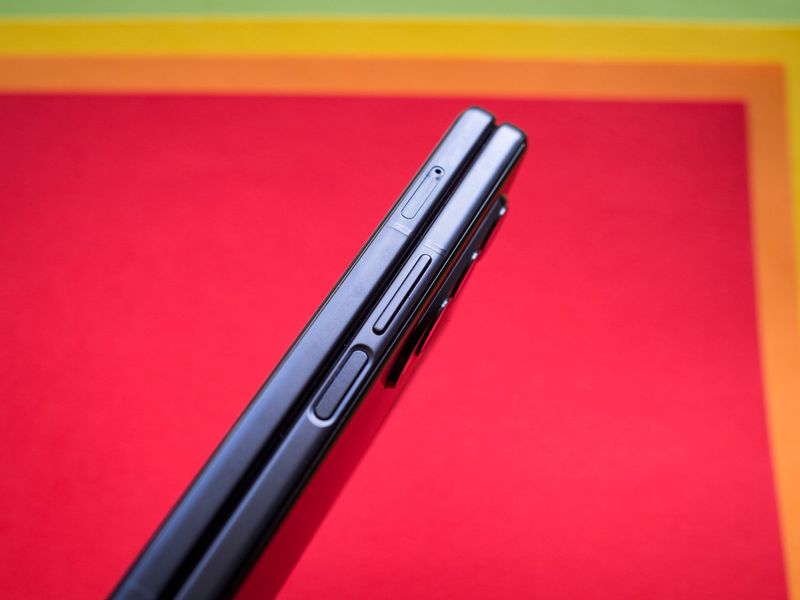
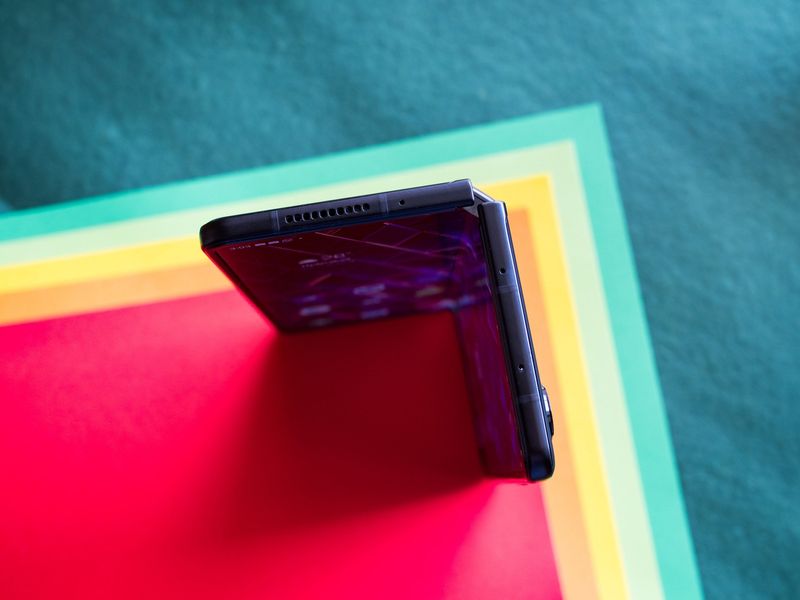
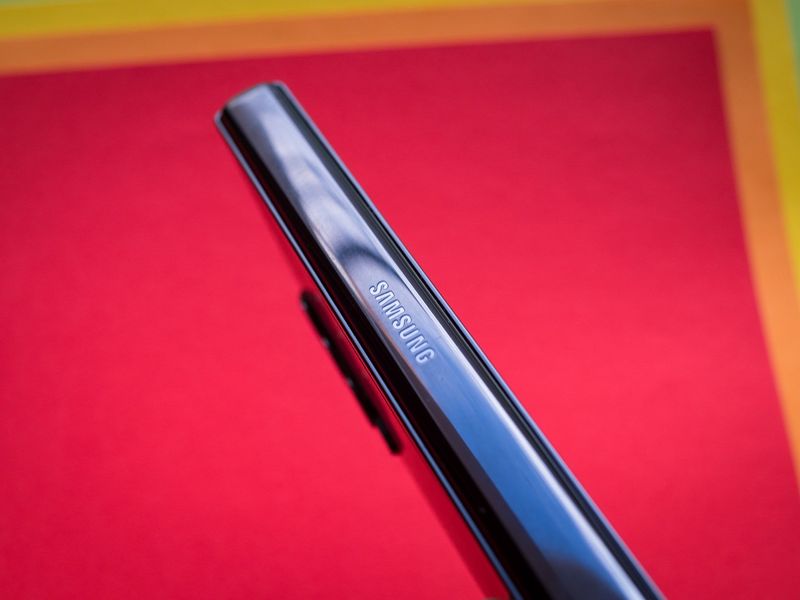
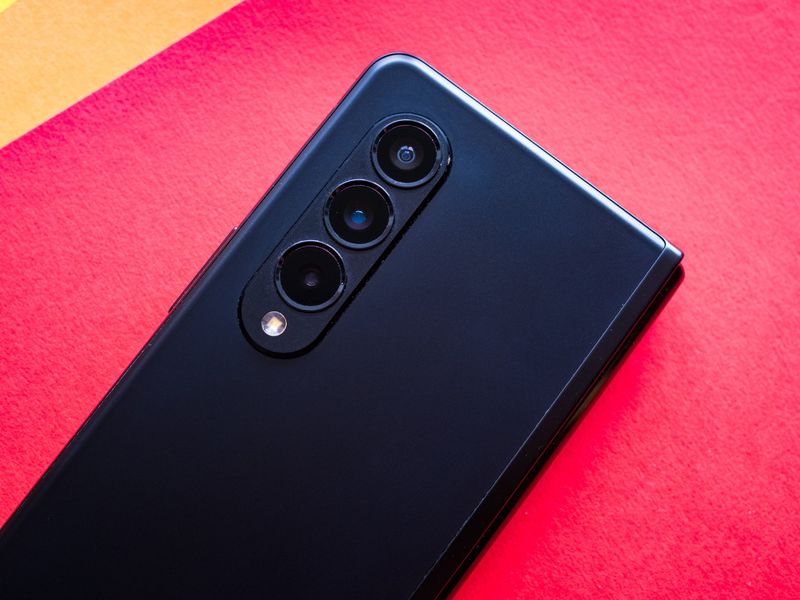
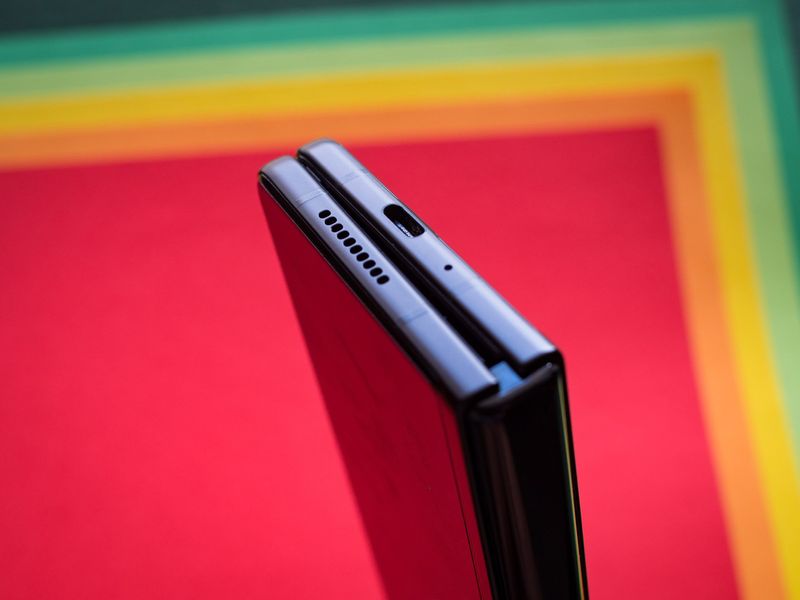
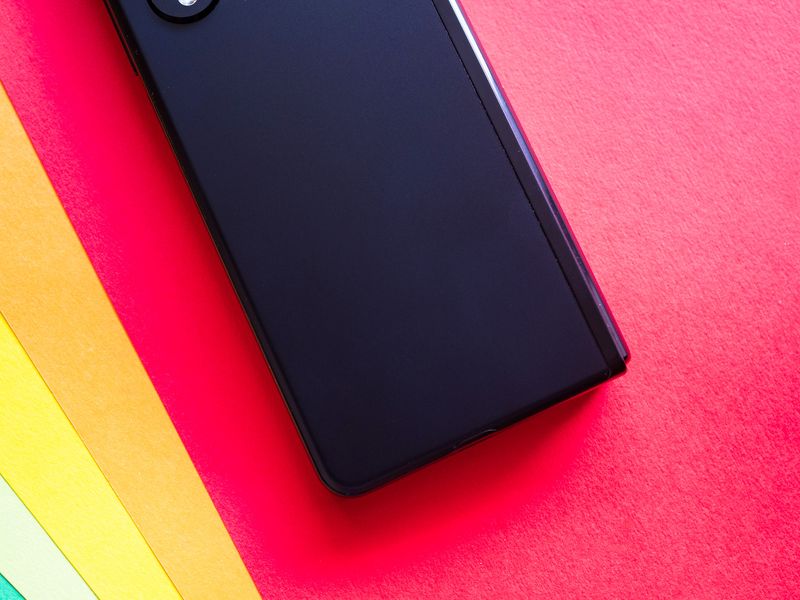
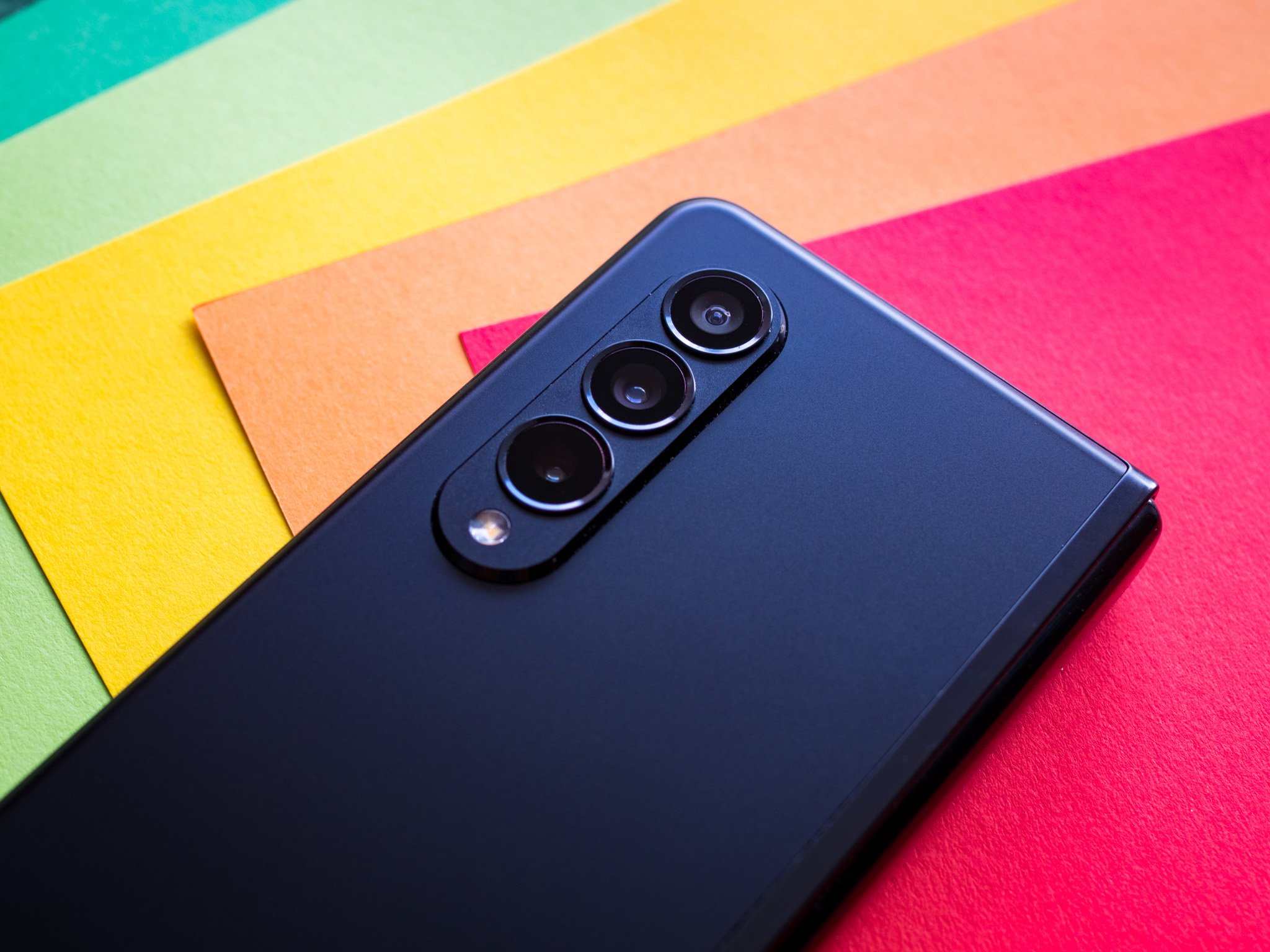
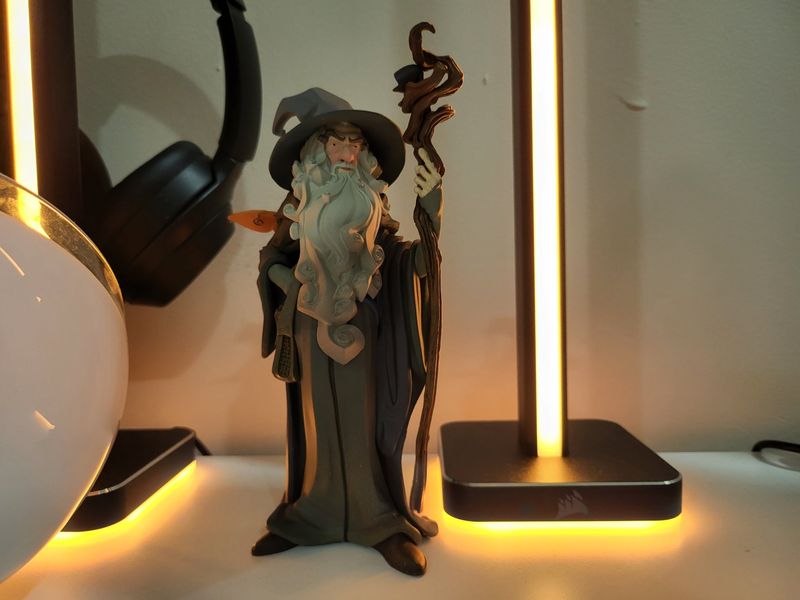
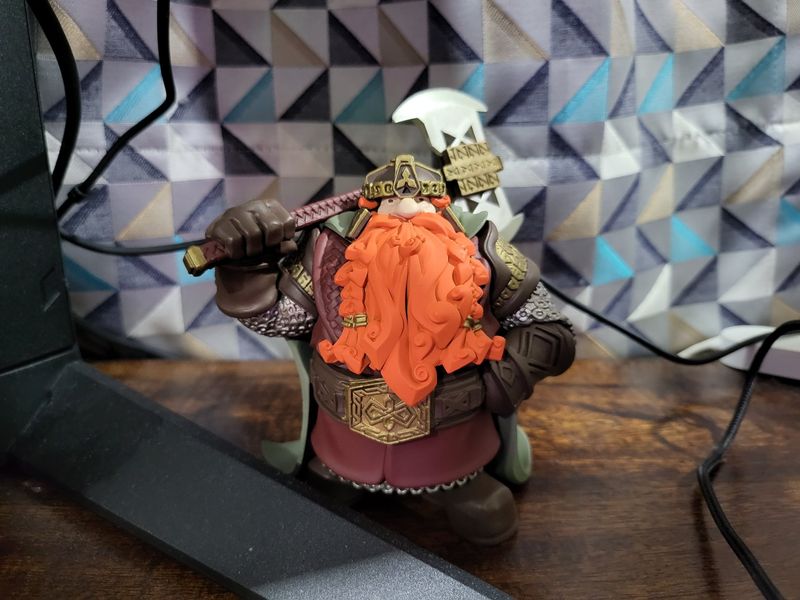
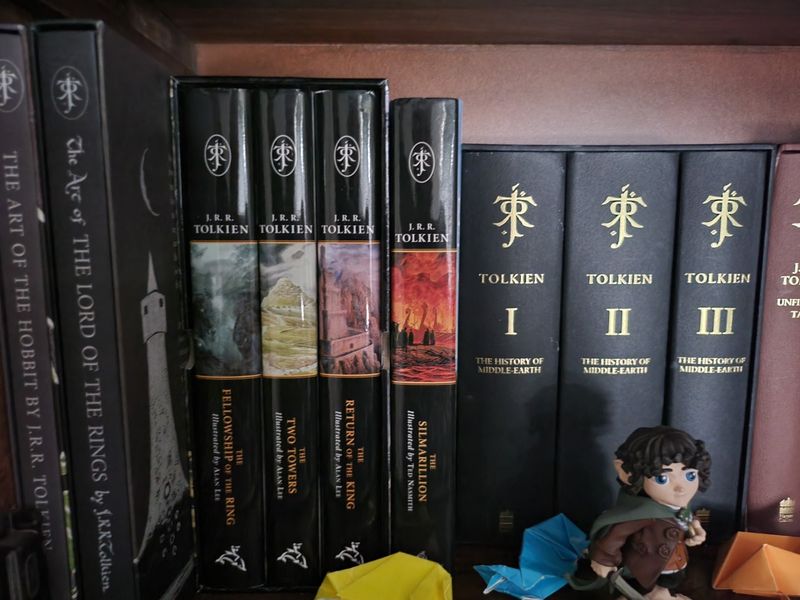
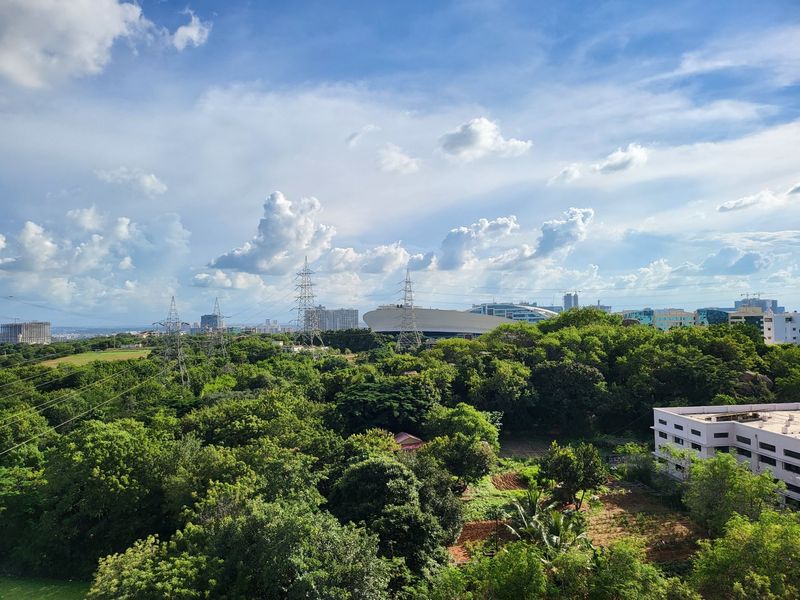
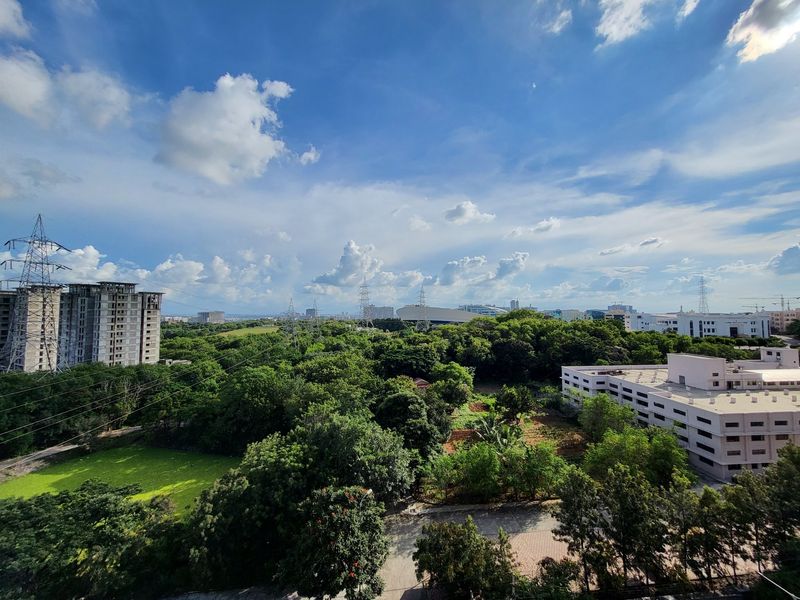
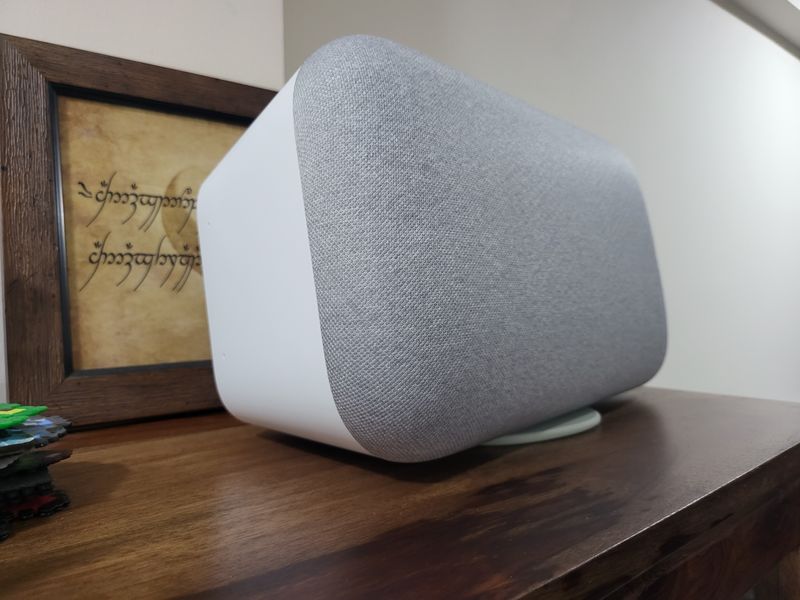
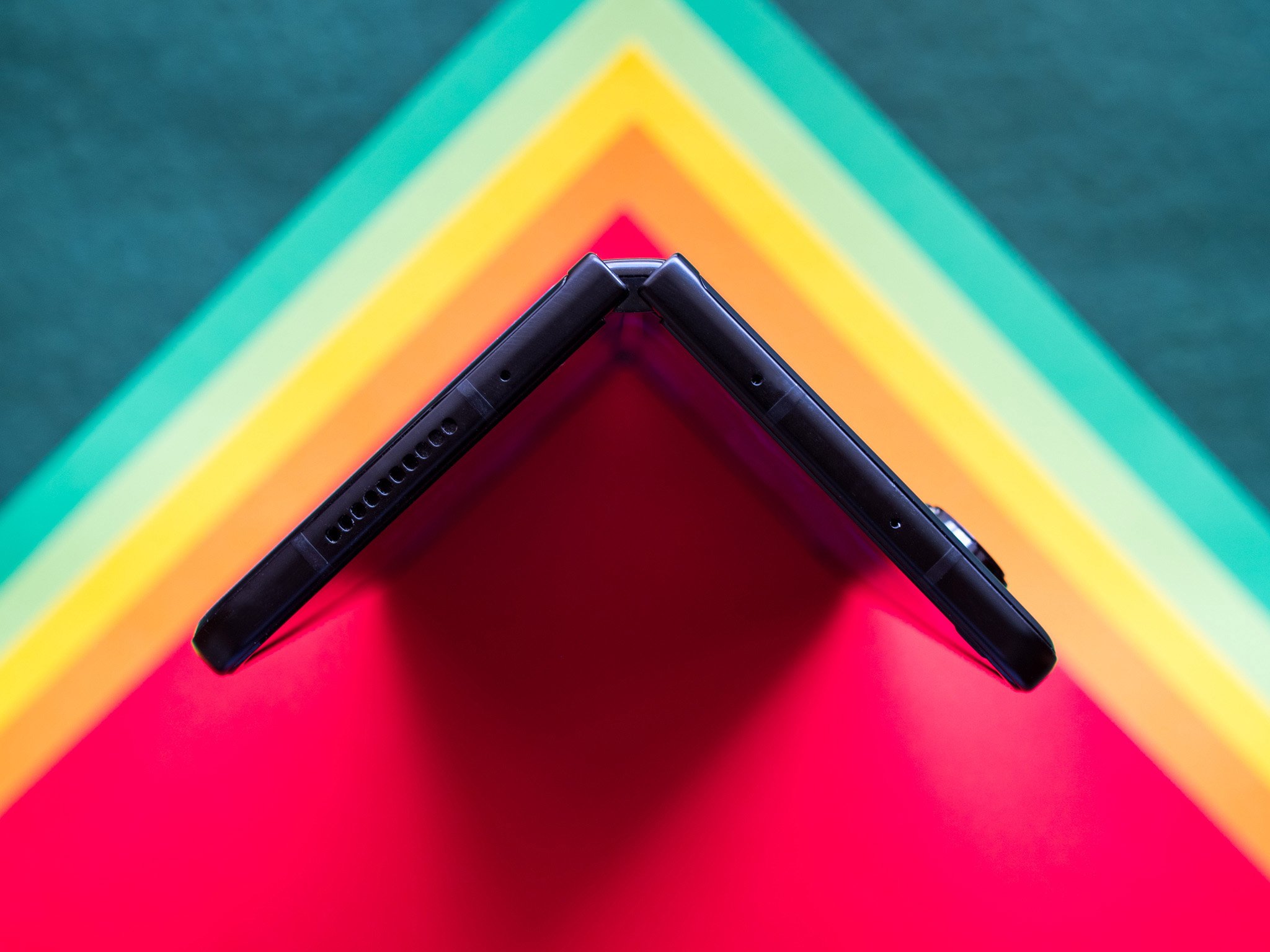
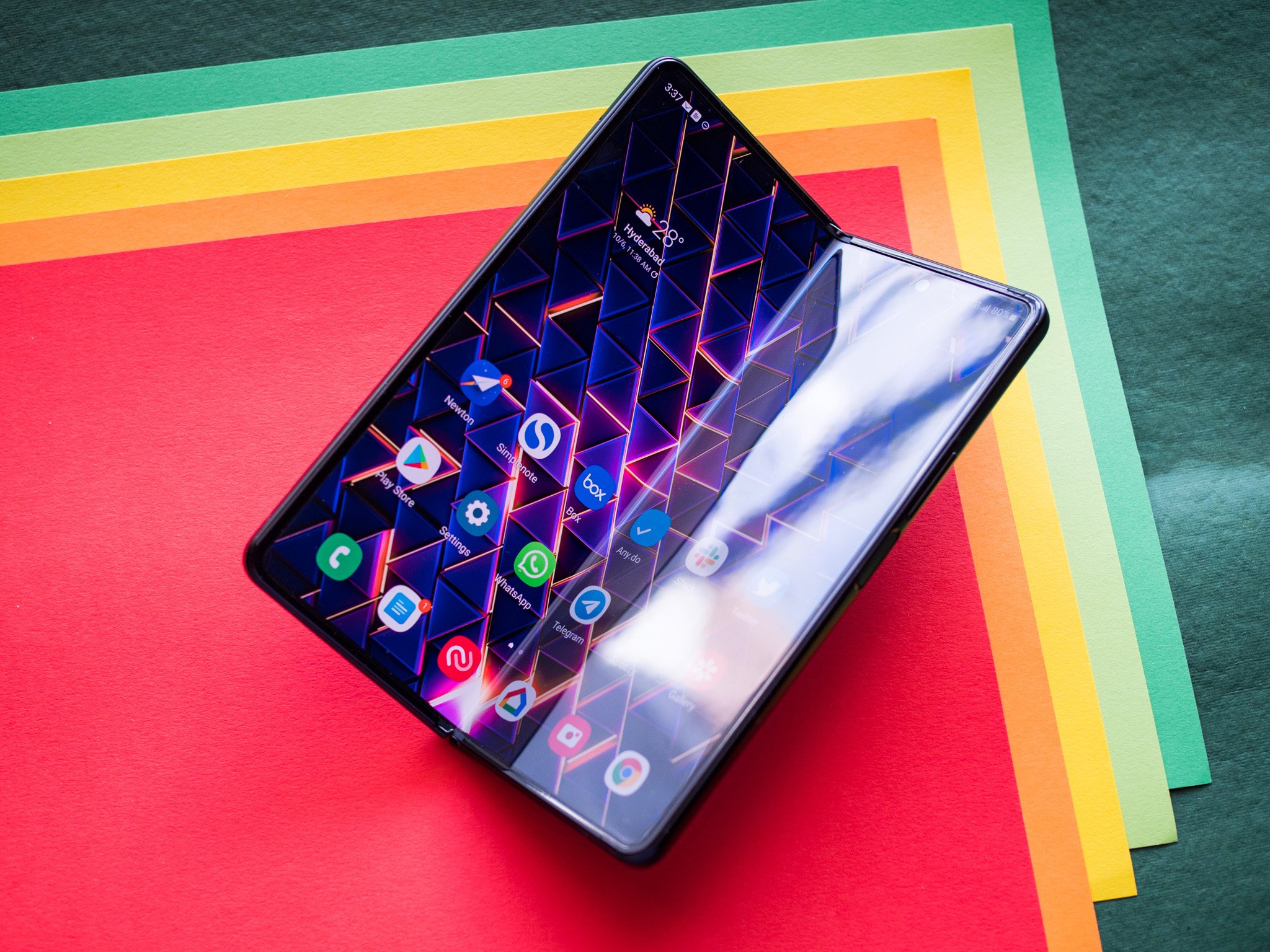
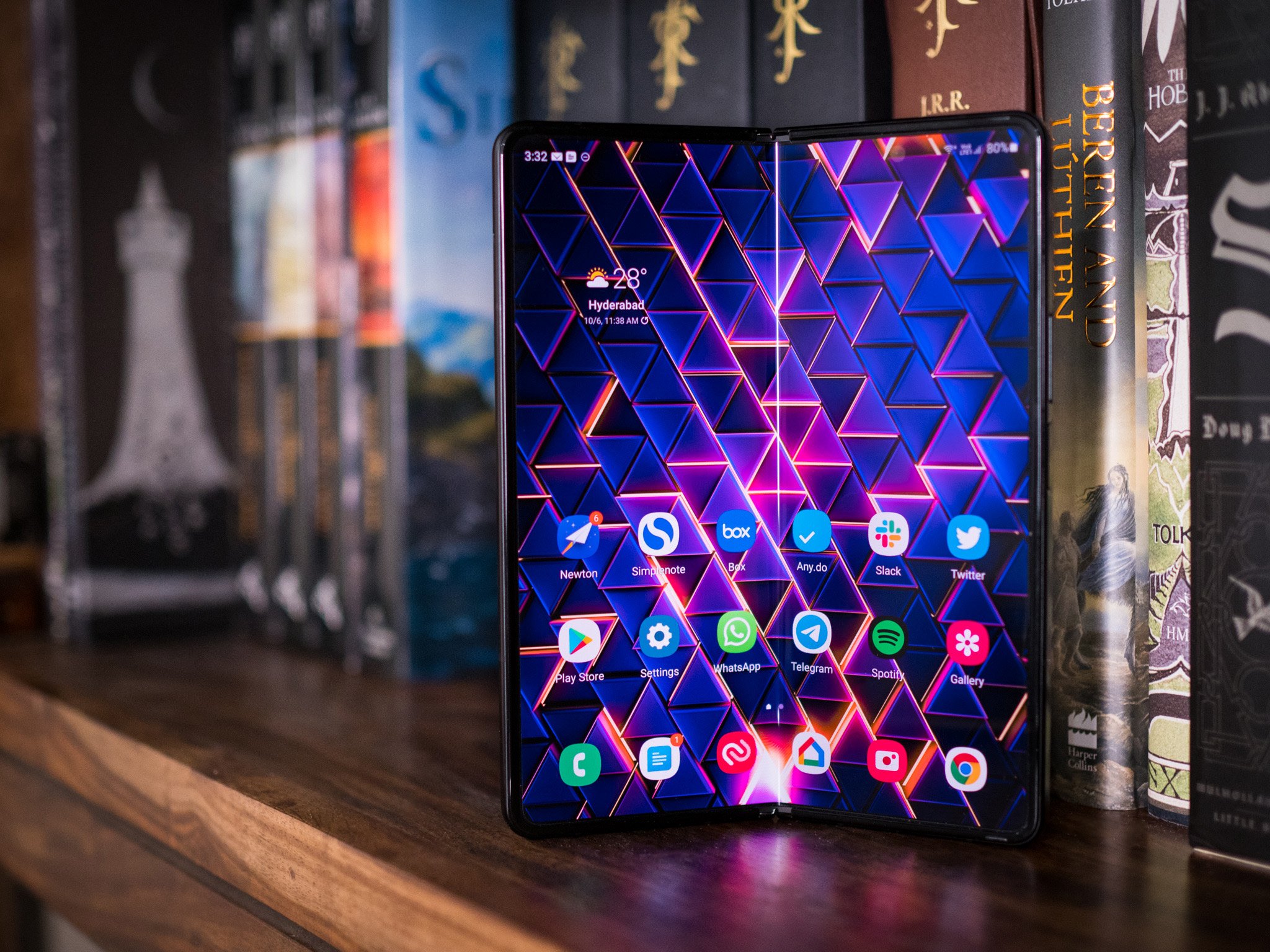
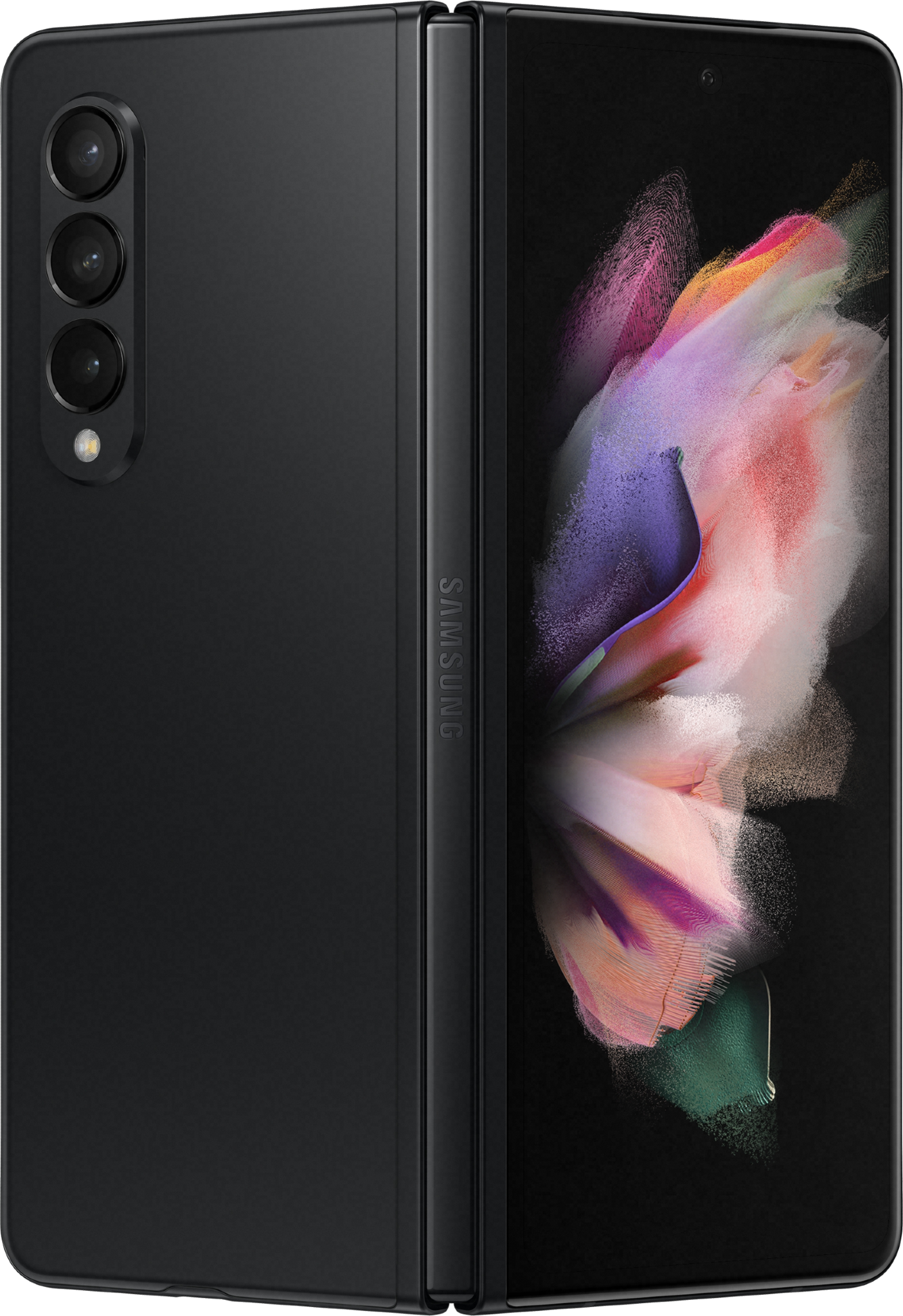

Post a Comment